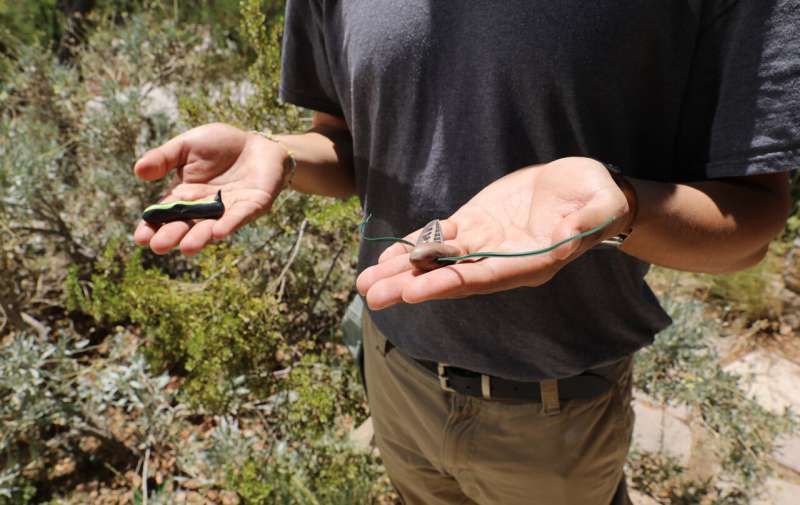Adult moths face a significantly higher risk of predation compared to their caterpillar counterparts, according to a new study by researchers at the University of Texas at El Paso (UTEP). Published in the journal Insects, the study highlights the vulnerabilities of adult white-lined sphinx moths, a species known for undergoing complete metamorphosis.
Brett Seymoure, Ph.D., an assistant professor of biological sciences at UTEP and the principal investigator of the project, explained the significance of the findings. “Our research set out to test the prediction that caterpillars are less likely to be attacked by predators, enabling the insect to survive to adulthood and reproduce before it has to face the most dangerous part of its life,” Seymoure stated.
Understanding Metamorphosis and Survival
Holometabolous insects, such as moths, butterflies, wasps, and ants, undergo a complete metamorphosis that includes life stages as an egg, caterpillar, pupa, and finally, adulthood. This complex life cycle raises questions about the evolutionary advantages of each stage. The study conducted by UTEP researchers sheds light on the predation pressures faced by these insects, particularly in their adult stage.
Braulio Alexis Sanchez, a postbaccalaureate student who played a crucial role in the research, described the methodology used to study predation patterns. Replicas of adult and caterpillar stages of the white-lined sphinx moth were crafted from clay, with adult moth wings made from specially calibrated paper to mimic real moth wings. These replicas were strategically placed on creosote bushes at the Indio Mountains Research Station in West Texas.
Key Findings and Implications
Over the course of three days, the research team observed the replicas for signs of attack, such as bite marks and punctures. “Out of 70 replicas that were attacked, 50 were adults and 20 were caterpillars, and most of the attack marks were consistent with birds,” Sanchez reported.
“These results support our hypothesis that adult moths are more vulnerable to attack—and that predators are looking for a certain type of visual appearance when looking for food,”
he added.
The findings emphasize the different survival pressures experienced by moths at various life stages, with potential implications for understanding population dynamics. Seymoure noted, “If moths in the caterpillar stage were more heavily attacked, it would be much more difficult for moths to reach adulthood and reproduce.”
The Broader Importance of Insect Research
Sanchez highlighted the critical role insects play in global ecosystems, noting their unparalleled diversity and abundance.
“Without insects, there are no humans, trees, or plants,”
he said. “Extensive study of insects is important to understand how to best support them, and by extension, support all life on Earth.”
The research underscores the need for continued study of holometabolous insects, which are the most numerous and diverse category of insects on Earth. This knowledge is vital for conservation efforts and understanding ecological interactions.
Next Steps and Future Research
Looking ahead, Sanchez has been selected for the Scientists in Parks internship, a program that places researchers in national parks to contribute to natural resource management. During this internship, Sanchez will assess plant, animal, and insect communities in national parks throughout the Southwest, including Big Bend National Park and Guadalupe Mountains National Park.
The study, titled The Dangers of Growing Old: Adult Moths Face Higher Predation Pressures than Caterpillars in Hyles lineata, offers valuable insights into the life cycle challenges of moths and the broader implications for ecological research and conservation.
